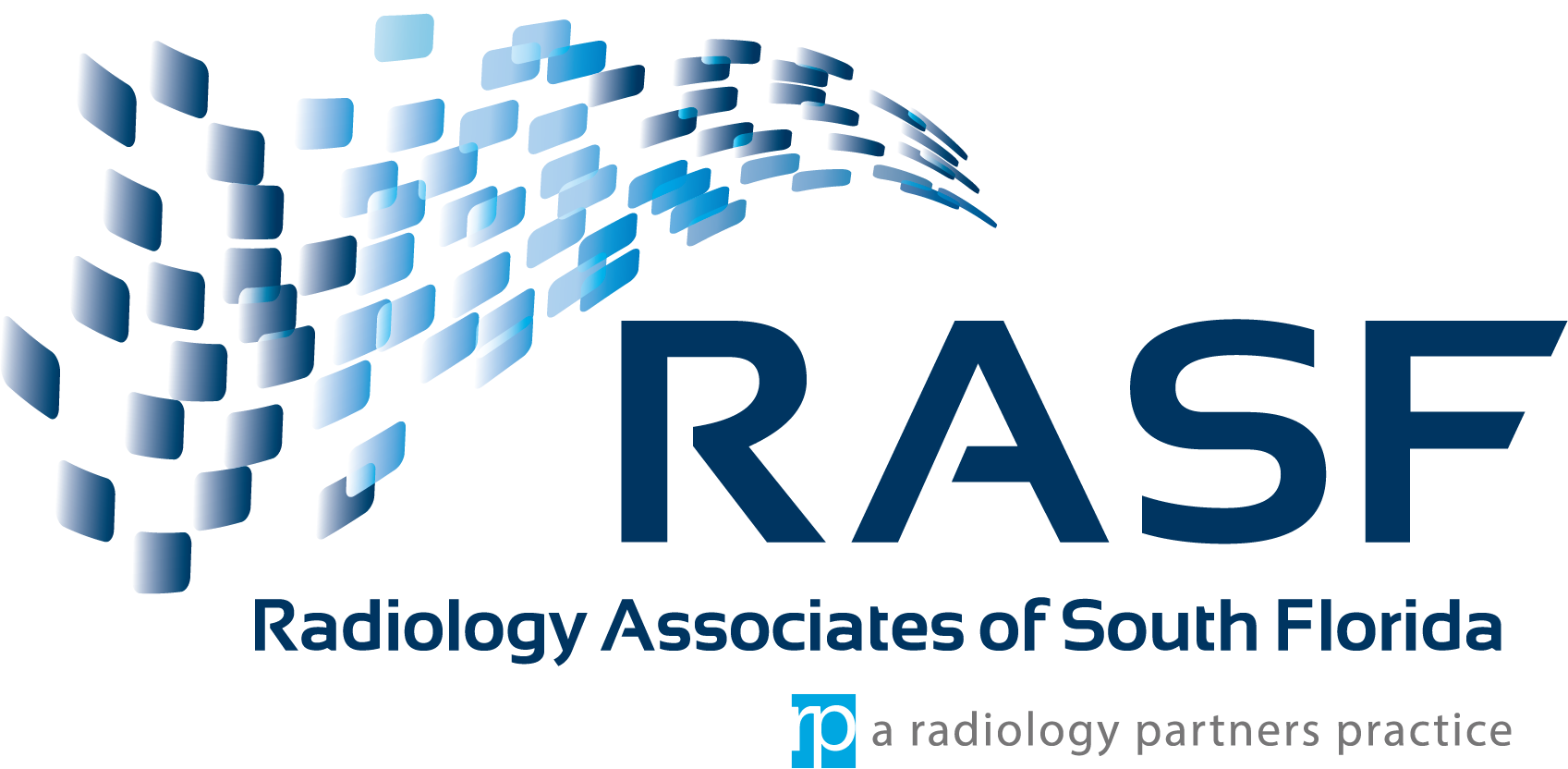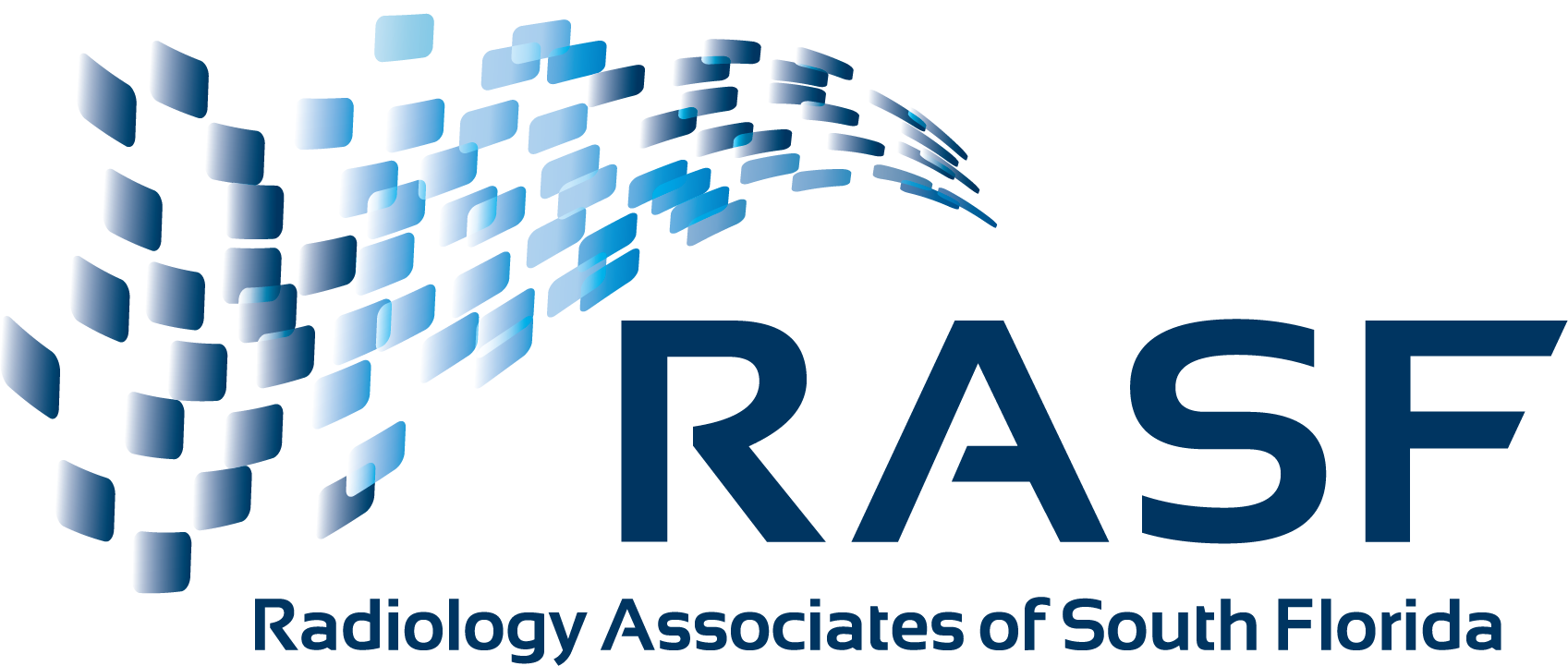This website uses cookies so that we can provide you with the best user experience possible. Cookie information is stored in your browser and performs functions such as recognising you when you return to our website and helping our team to understand which sections of the website you find most interesting and useful.
CTA/MRA
What is CT Angiography or MR Angiography used to diagnose?
Atherosclerotic Artery Disease is a leading cause of death in the United States and includes the causes of stroke and heart attacks and many other debilitating illnesses. Peripheral vascular disease also causes significant disability due to blindness, end-stage kidney failure and loss of function of the extremities. Traditionally, angiography or the study of the arteries causing these diseases required an interventional procedure by a radiologist or interventionalist during which a catheter was placed inside the arteries and a series of pictures were taken during the injection of x-ray dye. This procedure has inherent risks due to the puncture of an artery and placement of a catheter or tube inside the vessels.
These risks have been reduced for diagnostic imaging by eliminating the need for arterial catheterization by using highly advanced cross sectional techniques like CT and MRI, that is, CT-Angiography (CTA) or MR-Angiography (MRA). With the advancement of CT and MR scanners, this technology was perfected to diagnose diseases and conditions affecting the flow of blood within the arteries throughout the body in patients with and without symptoms. This allows our radiologists to inform your doctor about the health of the blood vessels supplying the brain and those bringing blood to the heart, lungs, kidneys, arms and legs. Compared to traditional catheter angiography, CTA and MRA are much less invasive, more patient-friendly and in many cases present a cost effective alternative that delivers better detail and more information.
What are Carotid or Cerebral CT Angiography and MR Angiography?
Carotid and Cerebral CT/MR Angiography are minimally invasive diagnostic imaging procedures that use a state-of-the-art CT or MR scanner to provide high-speed images of literally hundreds of cross-sectional views of your body. The procedures yield detailed images of the blood flowing through the arteries and carotid arteries that supply the brain and a unique network of arteries at the base of the brain called the Circle of Willis. When the scanner completes its programmed scan of the particular area to be studied, a powerful computer takes the digitally stored information and reconstructs them in 3D. This allows the radiologist to view your arterial anatomy from any angle without having the image blocked by overlapping structures and bone. This technique is used to identify blocked arteries that can cause stroke and also identify areas of aneurysm or swelling of the vessels around the brain that are a major cause of fatal intracranial hemorrhage before they bleed. These techniques allow quick and precise surgical or medical planning to treat either the blockage or the aneurysm.
What is Pulmonary CT Angiography?
Pulmonary CTA is a noninvasive imaging technique used to diagnose life threatening Pulmonary Embolism. This technique is frequently required in emergency room settings and is a standard CT angiogram technique optimized to evaluate the pulmonary arteries and determine if there is life threatening clot within these pulmonary vessels.
What are Renal CT Angiography and MR Angiography? What are Mesenteric CT Angiography and MR Angiography?
Renal CT and MR angiography are noninvasive techniques use to evaluate the renal arteries and determine if there is a narrowing or stenosis that contributes to hypertension. The techniques are similar to all other CT and MR angiographic techniques but optimized to evaluate the abdominal aorta and the renal arteries.
Mesenteric angiography likewise uses standard CT and MRI techniques to evaluate the vessels that supply the small and large bowel. Critical stenosis or a clot within these vessels can be life threatening. This noninvasive technique allows for rapid evaluation for surgical or medical planning.
What are Abdominal and Lower extremity CT Angiography and MR Angiography?
CT and MRI angiography are useful in the evaluation of the vessels within the lower abdomen, pelvis and lower extremities. Short segment stenosis can be easily treated surgically or with endovascular stents, and the initial diagnostic CTA or MRA allows for appropriate surgical or interventional planning.
Are CT Angiography and MR Angiography Safe?
Not only is this technique invaluable for delineation of the body’s blood vessels, it is also relatively safe, convenient and much less invasive than traditional angiography where a sizable catheter is generally threaded through a vein or artery. In many cases, CT angiography may eliminate the need for surgery. The major risk associated with CT angiography is an allergic reaction to contrast materials used to improve the visualization of the veins and arteries.
How should I prepare for this procedure?
Wear comfortable, loose-fitting clothing. You may be given a gown to wear during the procedure. Metal objects such as jewelry, eyeglasses, dentures and hairpins should not be worn since they could negatively affect the CT images. You may also be asked to remove hearing aids and dental work, such as bridges and dentures. You may be asked not to eat or drink anything for several hours before the exam, especially if contrast material will be used. You should inform your technologist or physician of any medications you are taking and whether or not you have any allergies, especially to contrast materials. You should also tell your technologist or physician of any recent illnesses, if you are pregnant or have other medical conditions such as a history of heart disease, asthma, diabetes, kidney disease or thyroid problems. Women who are breastfeeding may find it advisable to pump breast milk ahead of time so that it can be used until all the contrast material has been removed from your body.
What should I expect during this exam?
The procedure generally takes about an hour. Depending on the area to be examined, you will be positioned on the CT or MRI table on your back, side or stomach and straps and pillows may be used to help maintain the correct position and hold you still during the exam. A nurse or technologist will insert an intravenous line (IV) into your hand or arm and a small amount of contrast material may be injected to see how long it takes to reach the area to be examined. While you are positioned on the CT table, the CT table will be moved quickly through the scanner to determine the correct starting position for the scan and a test image will be taken. Then, the actual exam will begin, and you will move slowly through the scanner. At all times a technologist will be able to see, hear and speak with you. While the images are being recorded, you will hear an array of noises and an automatic injector connected to the IV will inject contrast material at a controlled rate. You may be asked to hold your breath during the scanning. When the exam is complete your IV will be removed.
While the scanning causes no pain, there may be discomfort from having to remain still for several minutes. For patients who find it difficult to remain still or who are claustrophobic or in chronic pain, a mild sedative prescribed by their physician may provide relief. If intravenous contrast material is used, you may experience a warm, flushed sensation and a metallic taste in your mouth that lasts for a few minutes. Minor reactions include itching and hives which can be relieved with medication. Light-headedness or difficulty breathing indicate a more severe allergic reaction, and you should tell the technologist or nurse immediately. After the exam, and depending upon whether or not contrast material was used, you can return to your normal activities.
For more information on this topic, please visit www.Radiologyinfo.org.
Radiology Associates of South Florida is dedicated to providing a full range of high quality imaging and professional radiology services including body imaging, interventional radiology, musculoskeletal imaging, neuroradiology, pediatric imaging and vascular surgery.
Diagnostic Imaging Services
8900 N. Kendall Drive
Miami, Florida 33176


